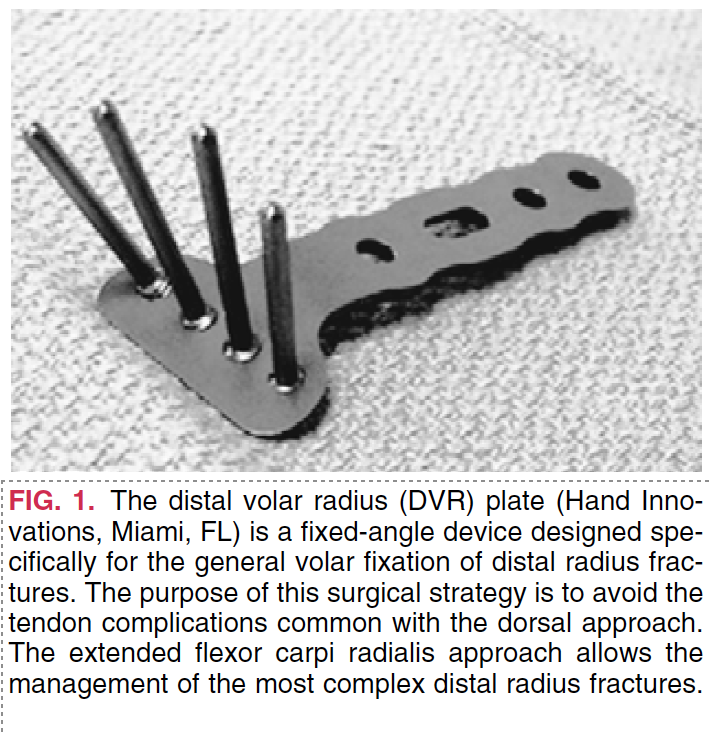Article in Techniques in Hand and Upper Extremity Surgery · January 2002
Until recently, buttress plates were the only form of stable internal fixation available for distal radius fractures. The principle that volarly displaced fractures are approached from the volar side and dorsally displaced fractures from the dorsal side originates from the need to apply the buttress plates on the unstable surface. Stable internal fixation traditionally has been reserved for the volarly displaced fractures. Most surgeons have avoided the use of dorsal plates as they have been frequently associated with extensor tendon complications. Despite different designs of dorsal implants, their use commonly requires reoperation for removal. Tendon problems seem more inherent to the dorsal approach rather than to the specific implant characteristics. Attritional tendonitis occurs on the dorsal aspect of the distal radius, because there is little space available for the application of implants. There is more space on the volar aspect. Here the flexor tendons are well separated from the bone surface by the pronator quadratus muscle and protected by the concave shape of the distal radius. These anatomic characteristics allow the safe application of volar plates. Volar fixation of these injuries also has other advantages. The volar approach preserves the dorsal soft tissues, allowing for ligamentotaxis and the maintenance of fragment vascularity. Rehabilitation seems to be hastened by the volar approach, and the volar scar is better accepted than the dorsal.


Cite this article: Khanchandani P, Badia A. Functional outcome of arthroscopic assisted fixation of distal radius fractures.Indian J Orthop 2013;47:288-94.

Monday- Friday: 8:30AM- 5:00 PM
Saturday- Sunday: Closed